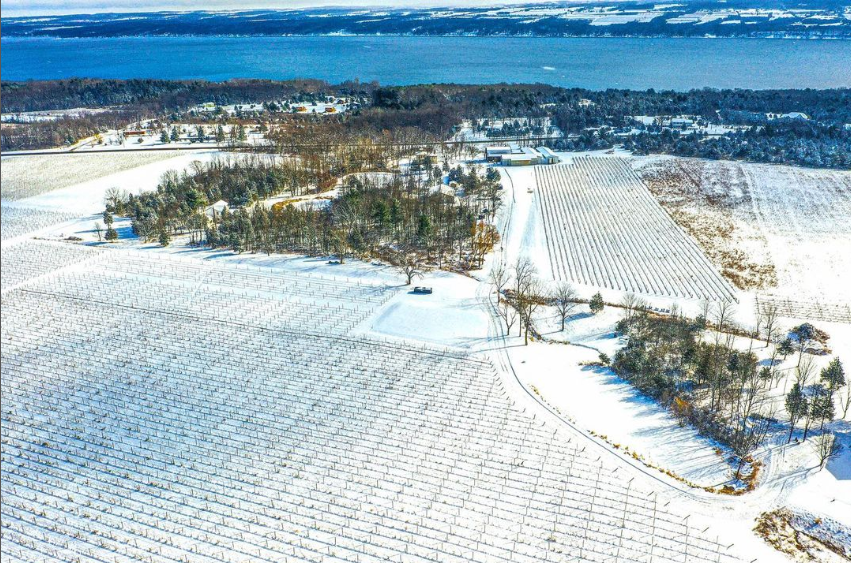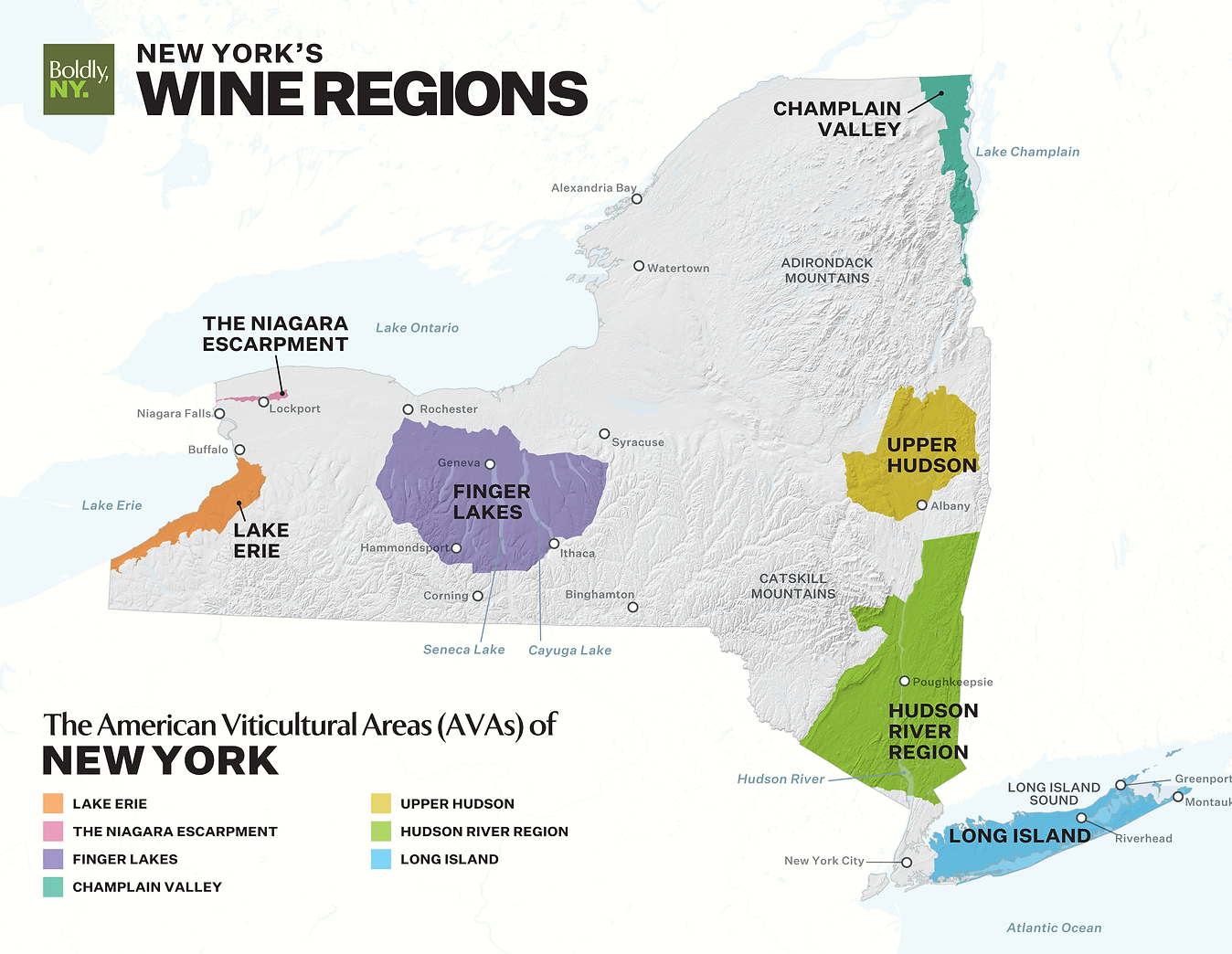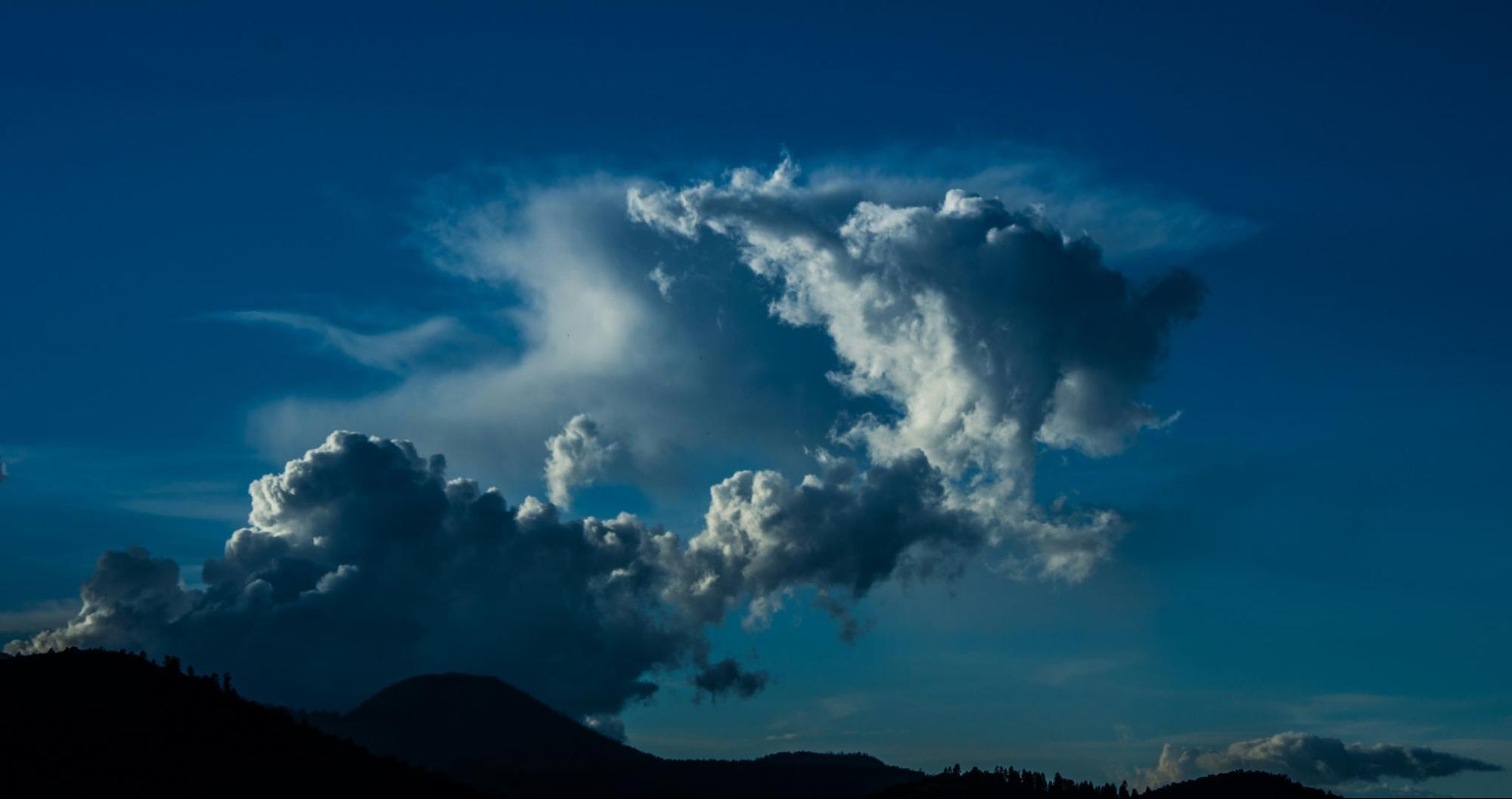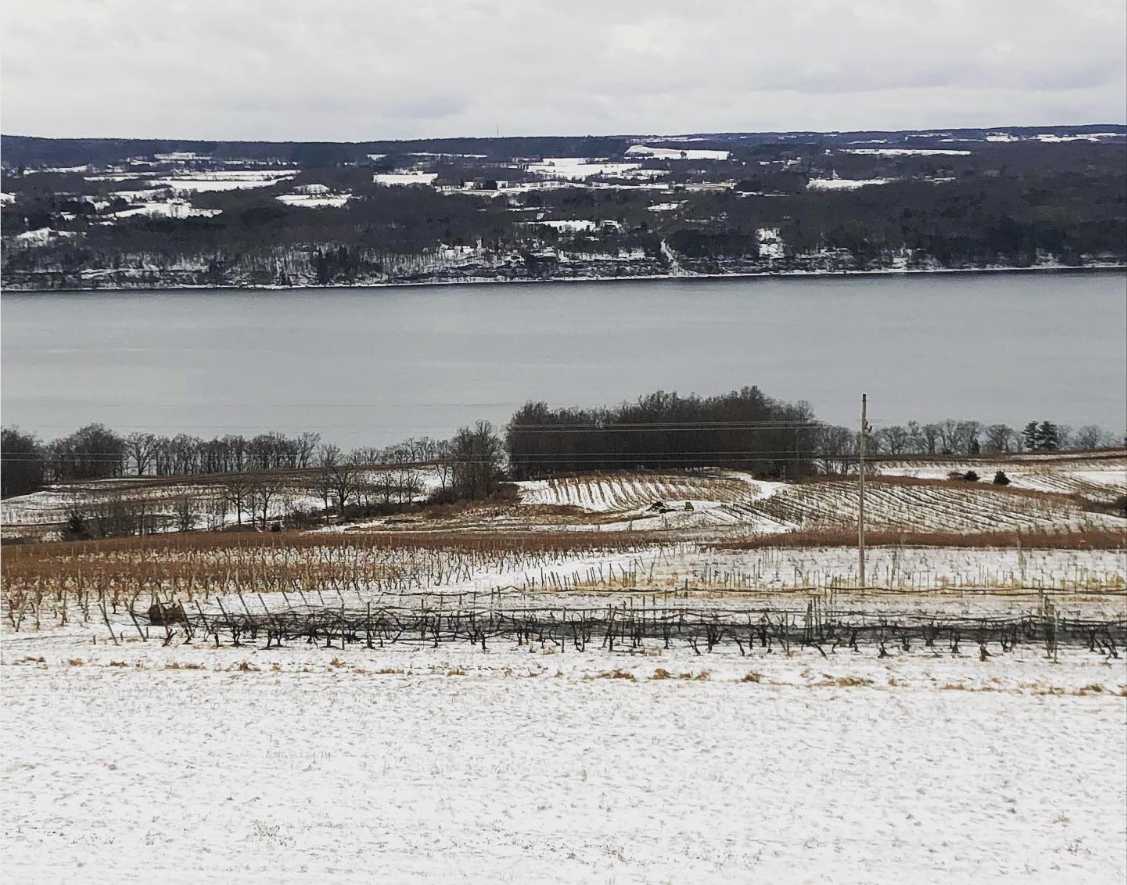- Wine Color/Type
- Top Occasions
- Unique Wines
- Surprise Me!
Lake-Effect Snow in New York's Vineyards
Exploring the wonders of the first major snowfall of the winter
When we think of wine, our minds often conjure images of indulgent gastronomy, sophisticated glamour, and convivial socialization. However, behind the scenes lies a simpler, yet alluring dance with nature—the cultivation of grapes in the vineyards.
Aerial view of the snowy Finger Lake vineyards, with the blue, warm waters of Lake Seneca in the background.
In this delicate ballet, one of nature's intriguing partners is the current phenomenon of the upcoming 2023 lake-effect snow, particularly in the vineyards of New York.
Note: On Monday 27 November 2023, the first major snowfall is expected in the states of New York and Pennsylvania!
A Glimpse into the Past: Roots of New York's Vineyards
The history of winemaking in New York dates back to the 17th century when Dutch and French Protestant settlers planted vines along the banks of the Hudson River. Fast forward to today, and New York boasts over 400 wineries, and 1,600 New York State vineyards producing a staggering 35 million gallons of wine annually. While much of this liquid art is savored locally, the wines of New York are steadily gaining recognition both across the United States and on the global stage.
The Terroir Tapestry: New York's Key Wine Regions
New York's wine landscape unfolds across four major regions, each contributing its unique character to the state's viticultural mosaic. The Finger Lakes, Long Island, and the Hamptons contribute distinctive varietals, crafting a tapestry of flavors that embody the essence of New York terroir.
The wine regions of New York State (Credit: New York Wine & Grape Foundation)
Niagara and Lake Erie
Located on the western end, this region thrives with hybrid varieties, marrying French and American grapes.
Finger Lakes
Nestled in the west-central area, it's the heartland for Riesling production, showcasing the diversity of New York wines.
Hudson River Wine Region
To the east of New York City, this area cultivates the Seyval Blanc, a hybrid white variety.
Long Island
On the eastern tip, the Hamptons region is renowned for its Merlot and Cabernet Franc.
Dancing with Snow: The Weather Forecast's Role in Viticulture
As winter sets its stage, the weather forecast becomes crucial to the vineyard narrative. Predictions of heavy lake-effect snow prompt preparations for potential challenges:
Warning: Pockets of heavy lake-effect snow could bring 1"-2" of snow per hour, accompanied by high winds, blowing, and drifting snow. Travel disruptions are expected, with conditions ranging from difficult to near impossible in snowbelts.
Storm cell (Credit: noaa, unsplash.com)
While these conditions may pose inconveniences for travelers, for the vines, dormancy is secured, opening the door to a unique set of advantages and challenges.
Advantages of Snow Storms for New York Vineyards
Insulation
A natural insulator, the snow cover shields vines from extreme cold temperatures.
Moisture
Melting snow contributes to the vine's water supply during the dormant season.
Pest Control
Cold temperatures naturally reduce pest and disease populations.
Winter Hardiness
Exposure to winter cold enhances vines' resilience to future frost damage.
The snowy vineyards of Lake Seneca, the deepest of the Finger Lakes (Photo: Atwater Wine)
Disadvantages of Snow Storms for New York Vineyards
Weight on Vines
Heavy snow can strain branches, risking breakage and damage.
Disease Potential
Prolonged snow cover may create conditions favorable for diseases, impacting vine health.
Late Winter Storms
Emerging vines may face damage from late winter storms, affecting buds and shoots.
Delayed Pruning
Excessive snow may disrupt pruning schedules, potentially impacting grape quality.
How does the Lake-Effect snow impact the vineyards of New York?
It's crucial to recognize that the impact of snowstorms varies based on storm severity, vine development stage, and overall winter conditions. However, many of the vineyards of New York owe their existence to the lake-effect snow, which provides insulation against the freezing temperatures.
As we marvel at the beauty of New York's snow-covered vineyards, let's appreciate the delicate choreography between nature's whims and the hands that cultivate the vines, ensuring that each bottle tells a story of resilience, innovation, and the enduring spirit of winemaking in the Empire State.
By Lotte Gabrovits
Latest articles




